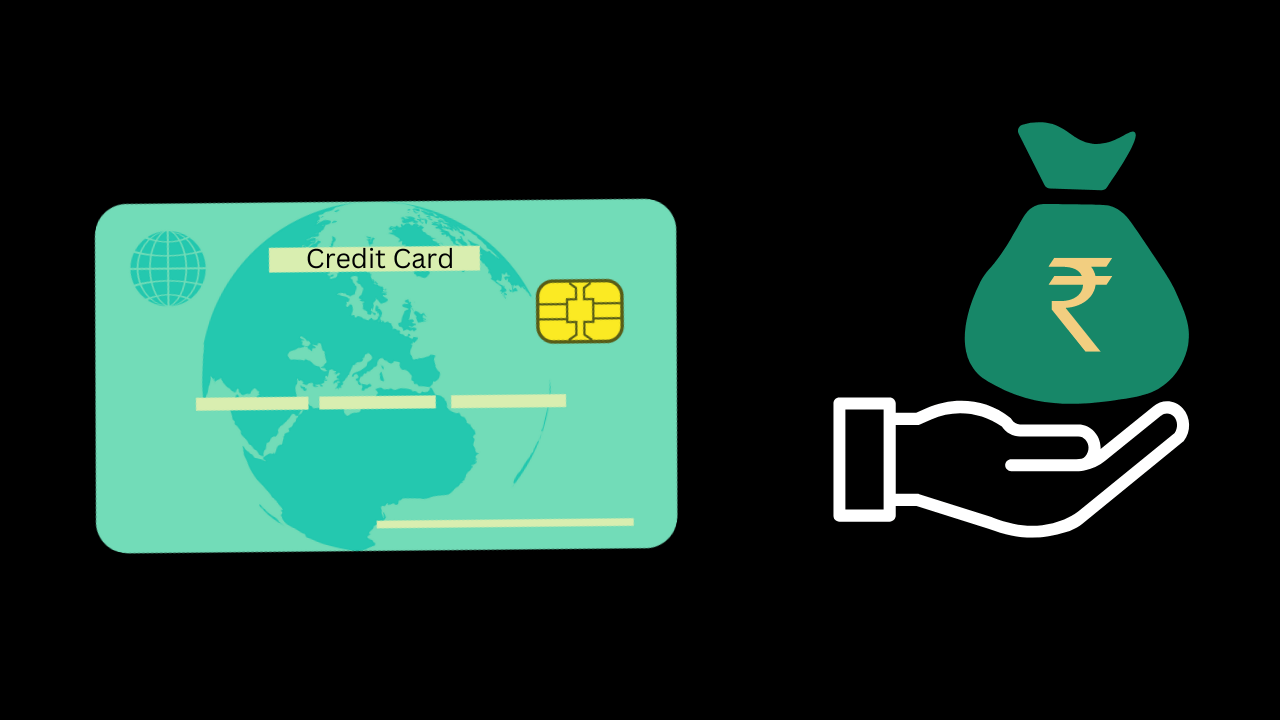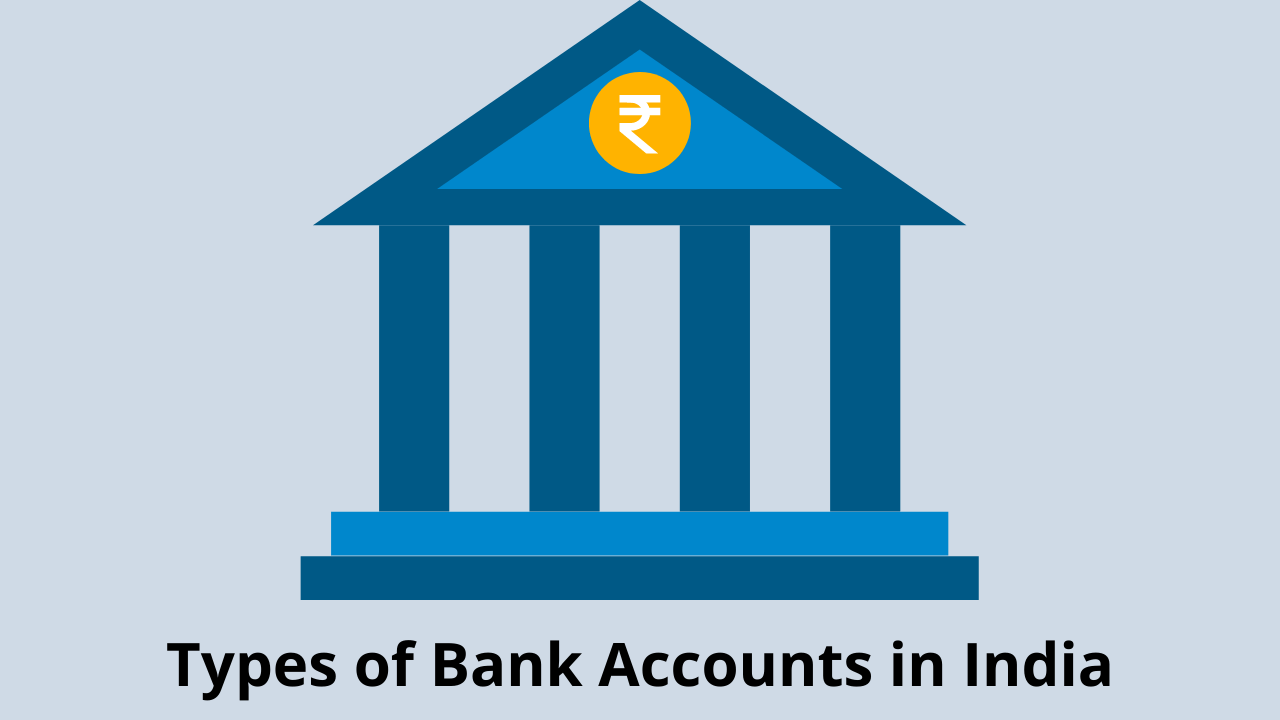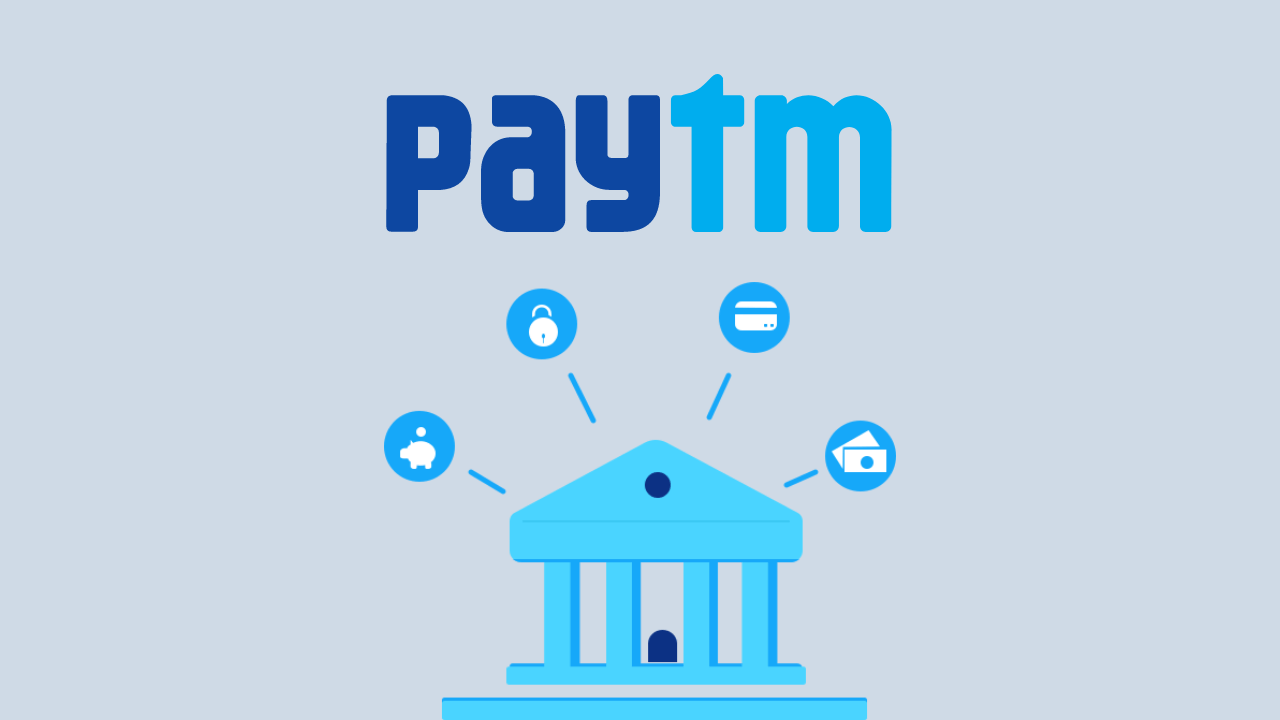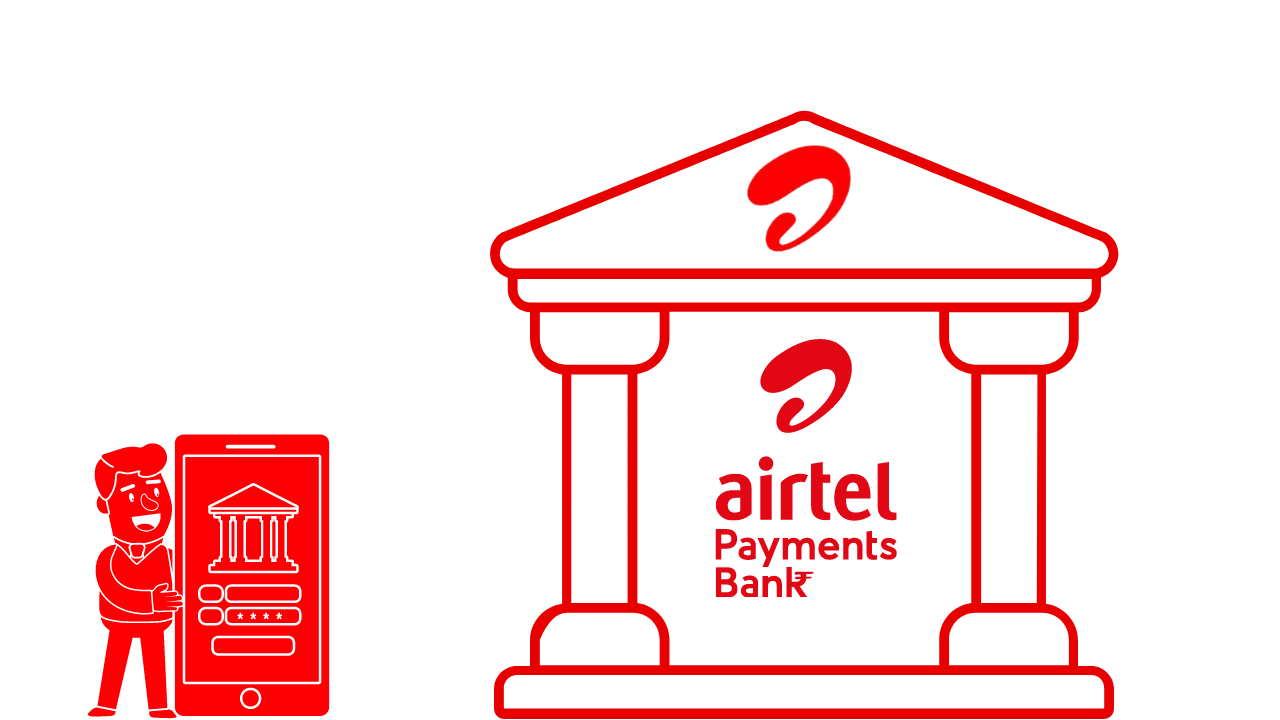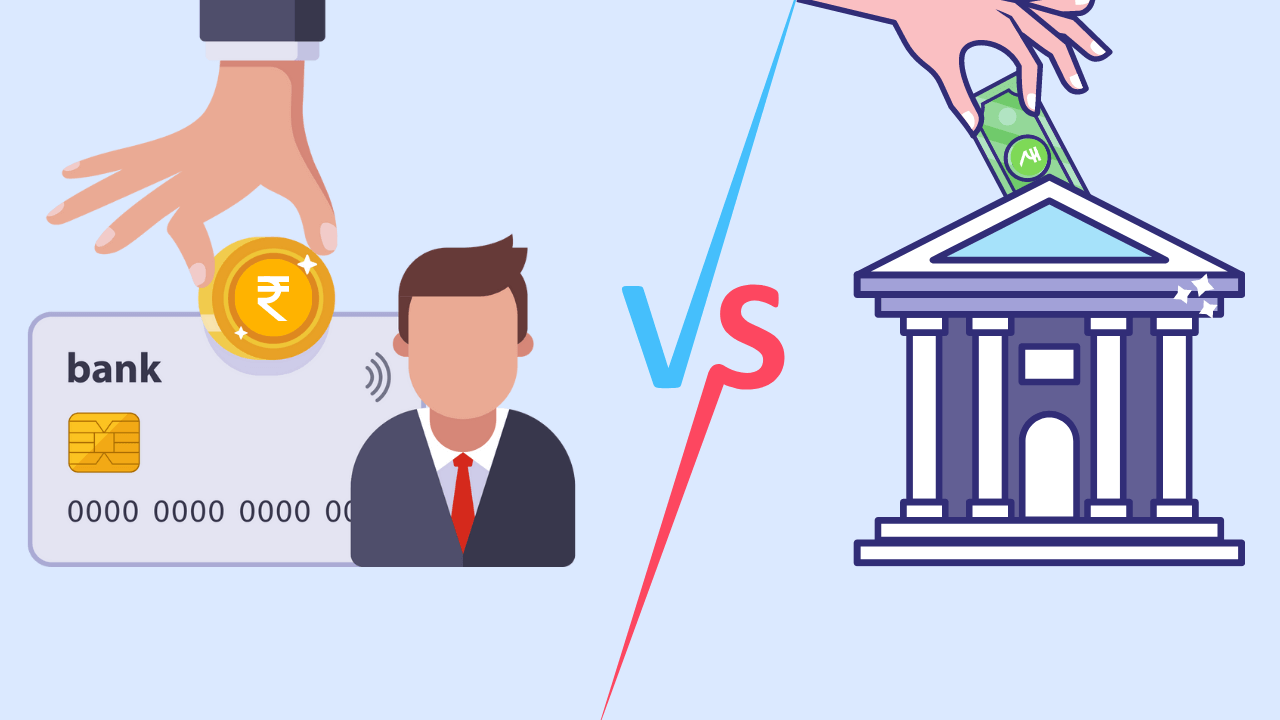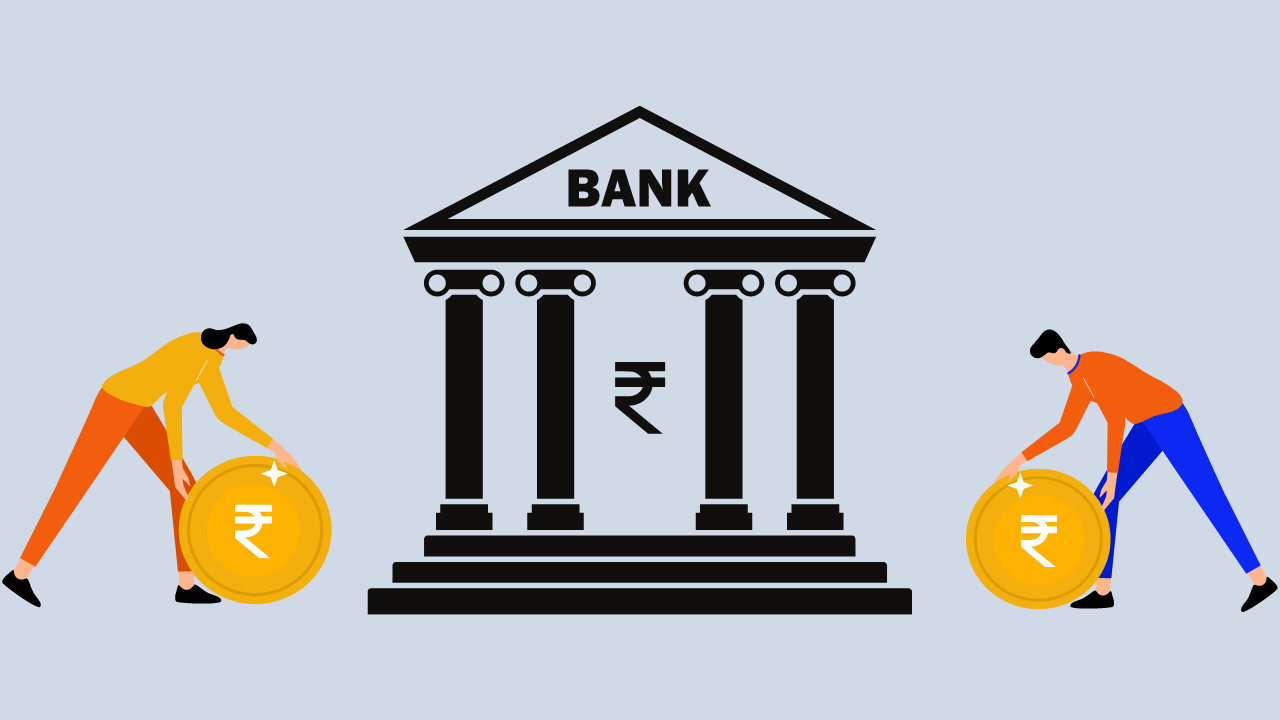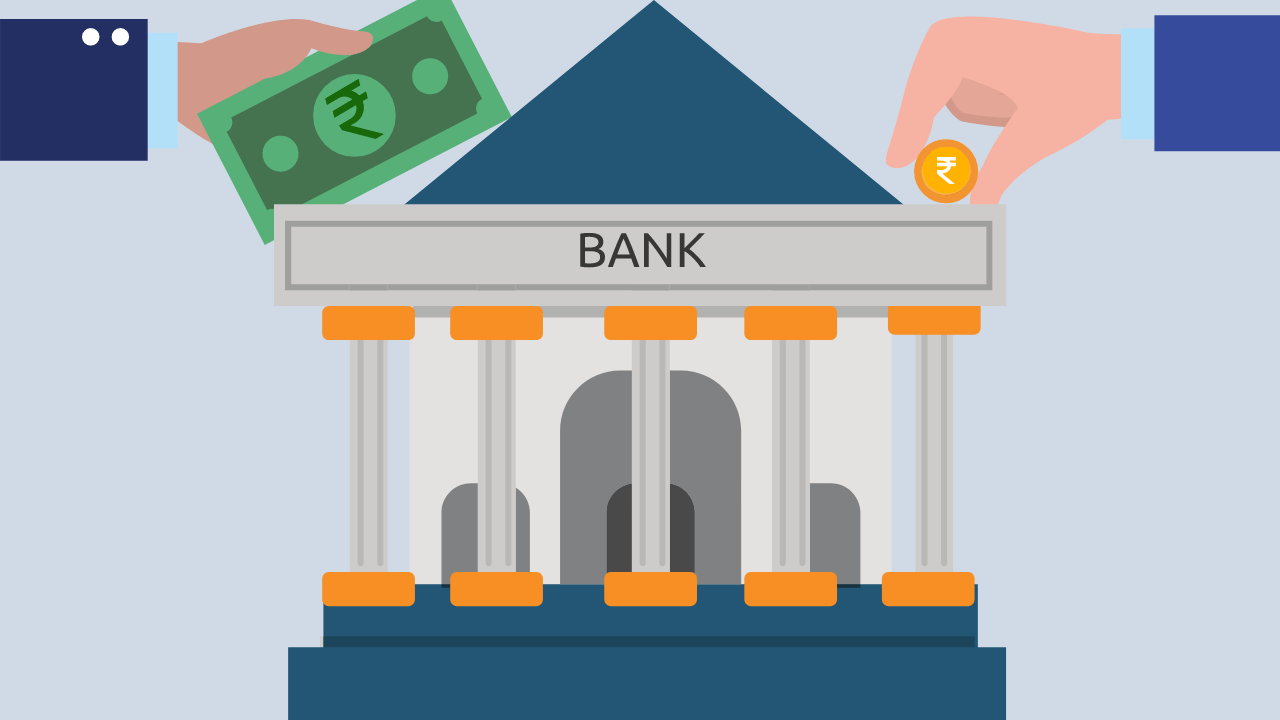Using a credit card to build credit is a common practice, and can be a great way to establish a positive credit history. However, it’s important to understand the basics of how credit cards work and how to use them responsibly. Here’s a step-by-step guide to using a credit card to build credit.
Step 1: Choose the right credit card
The first step in using a credit card to build credit is to choose the right card. There are many different types of credit cards available, and each one has its own set of benefits and drawbacks. Here are a few things to consider when choosing a credit card:
- Credit limit: The credit limit is the maximum amount of money you can borrow from the credit card issuer. If you have a low credit score, you may be offered a lower credit limit.
- Interest rate: The interest rate is the amount of money you will be charged for borrowing from the credit card issuer. A higher interest rate means that you will pay more in interest over time.
- Annual fee: Some credit cards come with a yearly fee, which is an additional charge that you will have to pay each year.
- Rewards: Some credit cards offer rewards such as cashback or points that can be used for travel or other purchases.
Once you’ve considered these factors, it’s time to choose a credit card that fits your needs.
Step 2: Apply for the credit card
Once you’ve chosen a credit card, it’s time to apply for it. The application process is typically done online, and you will be asked to provide some basic information such as your name, address, and income.
Step 3: Use the credit card responsibly
Once you have a credit card, it’s important to use it responsibly. Here are a few tips for using your credit card responsibly:
- Make sure to pay your bill on time: This is the most important thing you can do to build credit. Late payments can hurt your credit score and result in late fees.
- Keep your balances low: Ideally, you should keep your balances down and try to pay off your credit card balance in full each month. If you can’t pay off your balance in full, try to keep your balance as low as possible.
- Don’t max out your credit card: Your credit utilization ratio is the amount of credit you’re using compared to the amount of credit available. The lower your credit utilization ratio, the better it is for your credit score.
Step 4: Monitor your credit report
It’s important to keep track of your credit report to ensure that everything is accurate and that you’re making progress in building your credit. You can request a free credit report from each of the three credit reporting agencies once per year at annualcreditreport.com.
Step 5: Keep the credit card open
When you have a credit card, it’s essential to keep it open for as long as possible. The length of your credit history is one of the factors that are considered when determining your credit score.
Step 6: Gradually increase your credit limit
As you use your credit card responsibly and pay your bills on time, you may be able to request a credit limit increase. Increasing your credit limit can help you build credit, as long as you’re still using the card responsibly.
Step 7: Use credit responsibly
It’s important to use credit responsibly, not just with credit cards but all types of credit. Here are a few tips for using credit responsibly:
- Set a budget and stick to it: Before using your credit card, make sure you have a budget in place and stick to it. This will help you avoid overspending and accumulating unnecessary debt.
- Pay off your balance in full each month: Avoid carrying a balance on your credit card by paying off the entire amount each month. This will help you avoid interest charges and keep your credit score in good standing.
- Use your card for regular expenses: Use your credit card to pay for regular expenses such as groceries, gas, and bills. This will help you earn points and rewards more quickly.
- Take advantage of rewards and perks: Many credit cards offer rewards and perks such as cashback, travel points, and discounts. Make sure to take advantage of these offers to maximize your rewards and savings.
- Keep track of your spending: Regularly check your account to keep track of your spending and make sure you are staying within your budget. This will help you avoid overspending and keep your credit score in good standing.
- Use your points wisely: When redeeming your points, make sure to choose options that will give you the most value. This could be in the form of cashback, gift cards, or travel rewards.

